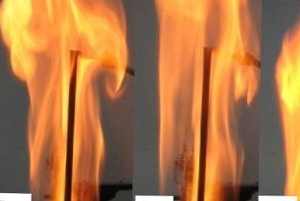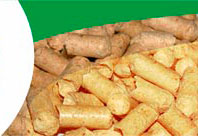International popularity of co-firing techniques

The technique of biomass co - firing in large power plants is getting more popular alternative of dedicated biomass power plants the popularity of which is based small-volume steam cycles. Such popularity is based on lower capital and maintenance expenses, higher electrical efficiencies, increased fuel flexibility and the possibility to avoid additional generation capacity. The biomass co 0firing technique prompts the reductions of both NOx and SO2 emissions together with CO2 reduction benefits obtained when fossil fuels are replaced by biomass.
The technique of biomass co-firing has been experienced and assessed using various biomass types and co -firing supplies, in order to use it as an additional energy source in highly efficient boilers. The testing and assessment has been done in combination with different combustion technologies and processes such as grate firing, fluidised bed combustion and pulverised combustion.
The notion "co-firing" usually refers to the process of biomass bringing into pulverized coal hearth. Particularly Scandinavian countries have growing interest for biomass different forms co- firing with waste. The pulverized coal hearths in Europe have relatively small percentage of biomass co -firing in comparison with the fluid burners, located in Scandinavia.
The maximum co -firing percentage in commercial boilers is often influenced by ash deposites, corrosion, NOx formation and other fire-side peculiarities, plus fuel preparation, storage and processing reduce the size of co -firing. However, the specified maximum co firing percentage is calculated on total coal vs. biomass feed rates. Many important aspects of co- firing short and long term vital capacity are greatly influenced by coal and biomass amounts, contained in the boiler. Nevertheless the biomass cofired at usual amounts is commonly fired at specified hearths which make equal to 100%. Almost every burner mix flows so bad that individual hearth operation is often influenced by grid based oxygen parameters near boilers coolers. Such boilers provide much higher effective convection pass biomass percentage than the one offered by overall feed rate and are capable to undergo malfunctions from tube bank plugging, tube corrosion, etc., which might be avoided taking into account the overall cofiring percentages.






